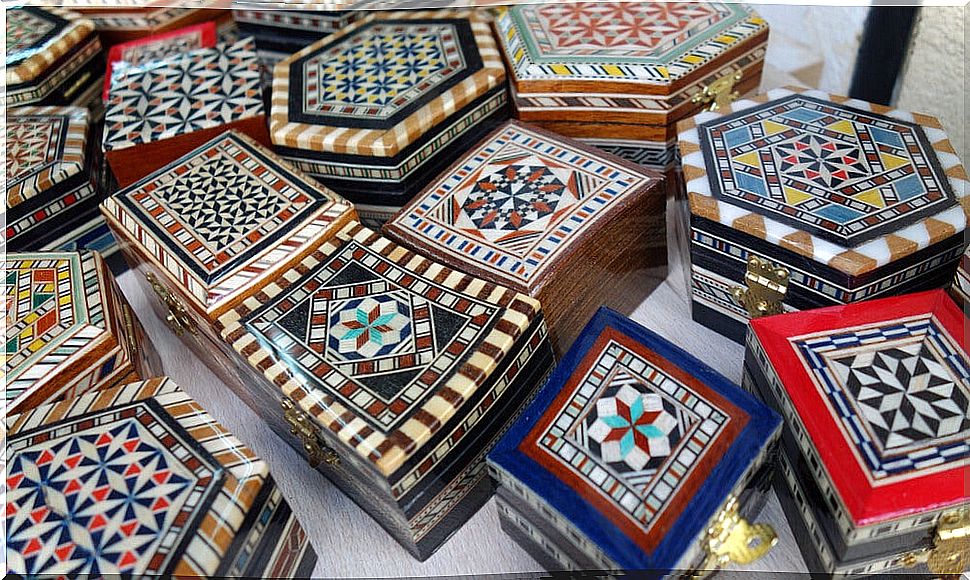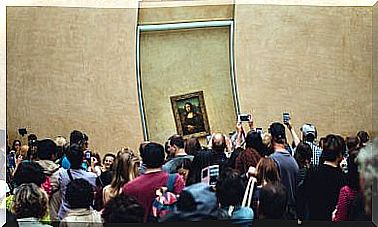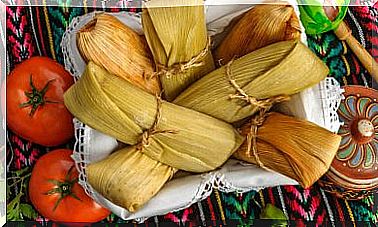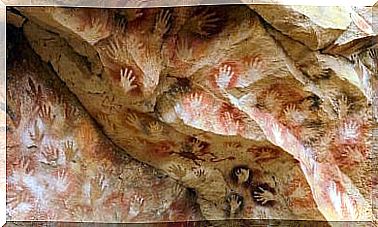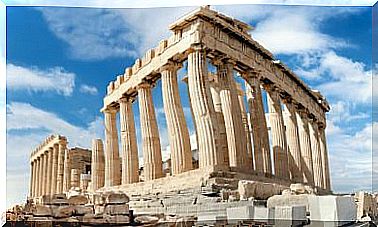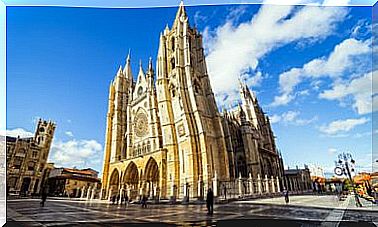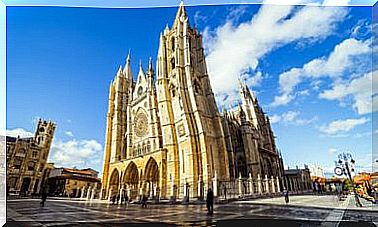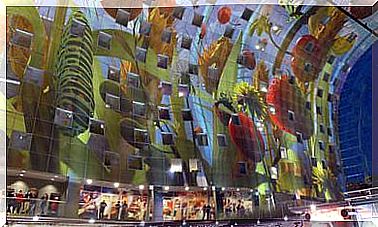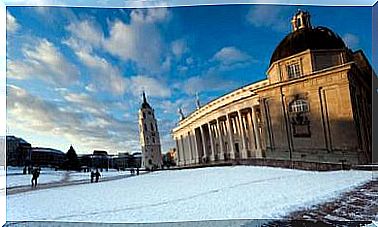Korean Art: A Unique Style Loaded With Influences
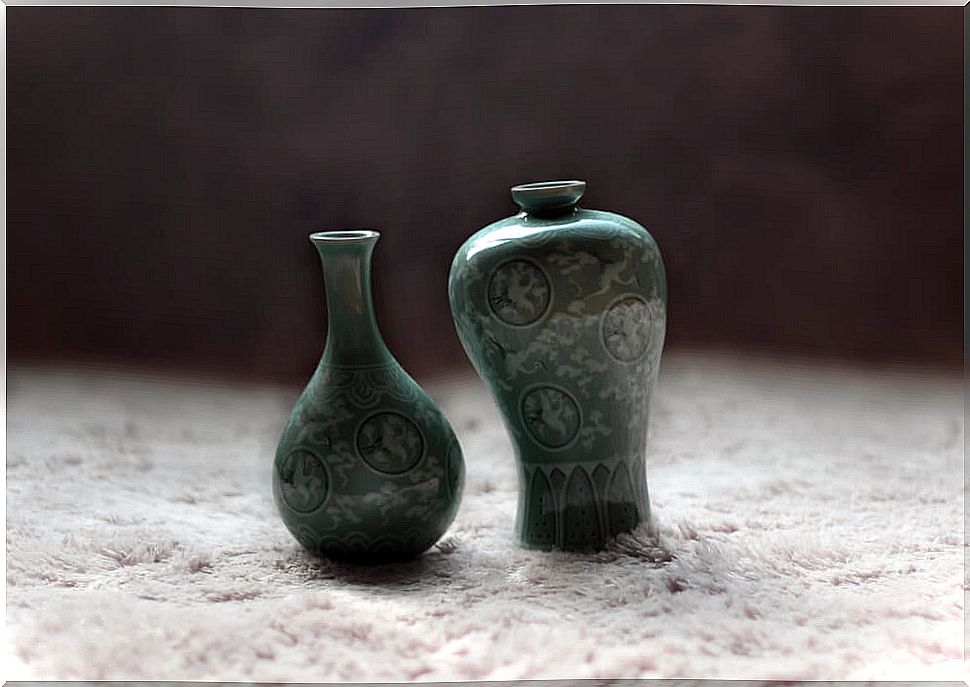
Korean art is characterized by its clear influence from other artistic trends, especially arrivals from China and Japan. However, they have been able to integrate them to achieve a unique result, leaving a wide legacy of artistic pieces that are preserved in good condition today.
After achieving its own style, Korean art has earned international prestige and not only for its more traditional works, but for the many modern and contemporary art artists capable of continuing to innovate and create artistic expressions that have achieved international fame.
Traditional korean art

The main lines that characterize Korean art can be summarized in three: simplicity, spontaneity and harmony with nature. The latter is its most notable feature. The importance of the elements of nature in Korean works of art began to settle during the Silla period, between 668 and 935.
The natural elements are reflected in the works in a simple way and without great ornaments, naturally. In this way, each artist sought to create something that not only maintained the natural essence of creation avoiding perfect or forced forms, but also managed to capture the beauty and simplicity of each element.
It is also not normal to find works of art with marked lines, either straight or curved. The idea was to get pieces of a modest appearance. The same thing happens with the use of color, in Korean art strong tones are avoided.
Korean sculpture
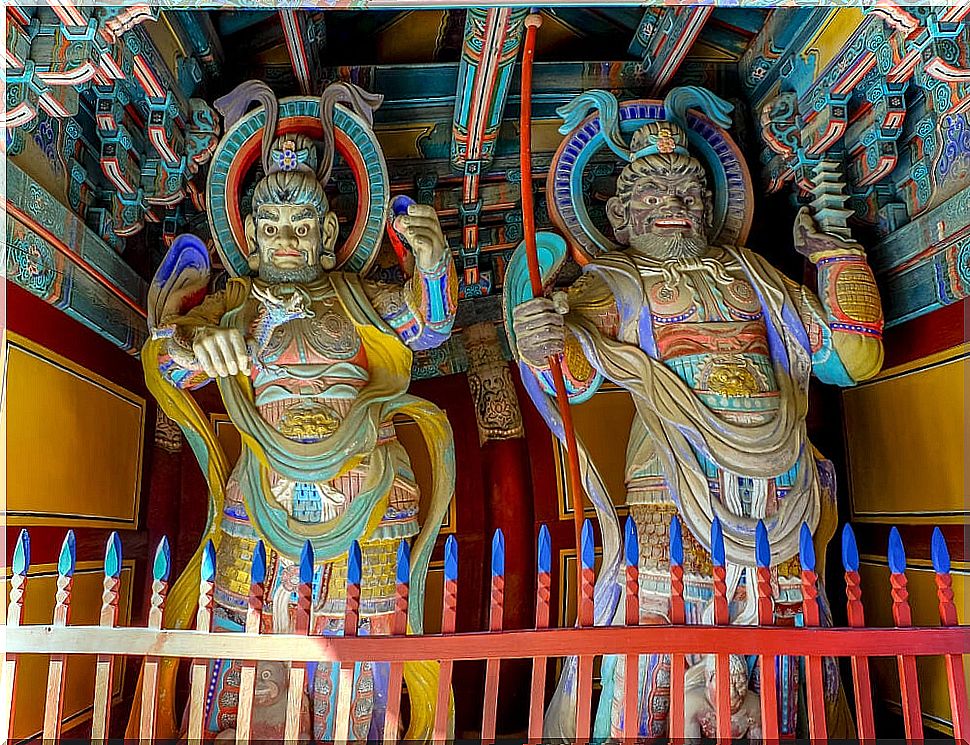
Sculpture is one of the traditional arts that took advantage of the country’s geostrategic position. In the evolution of sculpture, its shrines and sculptures in honor of Buddha stand out. One of the best examples of the sculptural style from the Silla kingdom era is the Bulguksa temple.
Also during this period the well-known Kwimyon masks are manufactured. These were used to place on the beams of the houses to drive away evil spirits.
Korean artists are skilled in the art of melting and molding metals, their knowledge and influences are mainly Japanese. The most characteristic metal works are the bronze bells that are used in Buddhist temples. The Pandok-sa bell stands out, the largest still preserved and that we can find in the Gyongju National Museum.
Korean pottery

As in most cultures in the world, the first pieces were made of sand and clay. However, each zone managed to set its own style.
In North Korea the pieces consisted of a flat base and without decoration. In contrast, in South Korea the pieces had a conical base and used simple decorations, mainly lines throughout the piece.
Already in the Goryeo dynasty, ceramics began to evolve not only with better firing techniques, but with the inclusion of glazing. The pieces belonging to this period are known as celadon due to their characteristic greenish color. Finally, during the Joseon era, white pieces will be chosen with motifs that represent nature.
Painting in Korean art
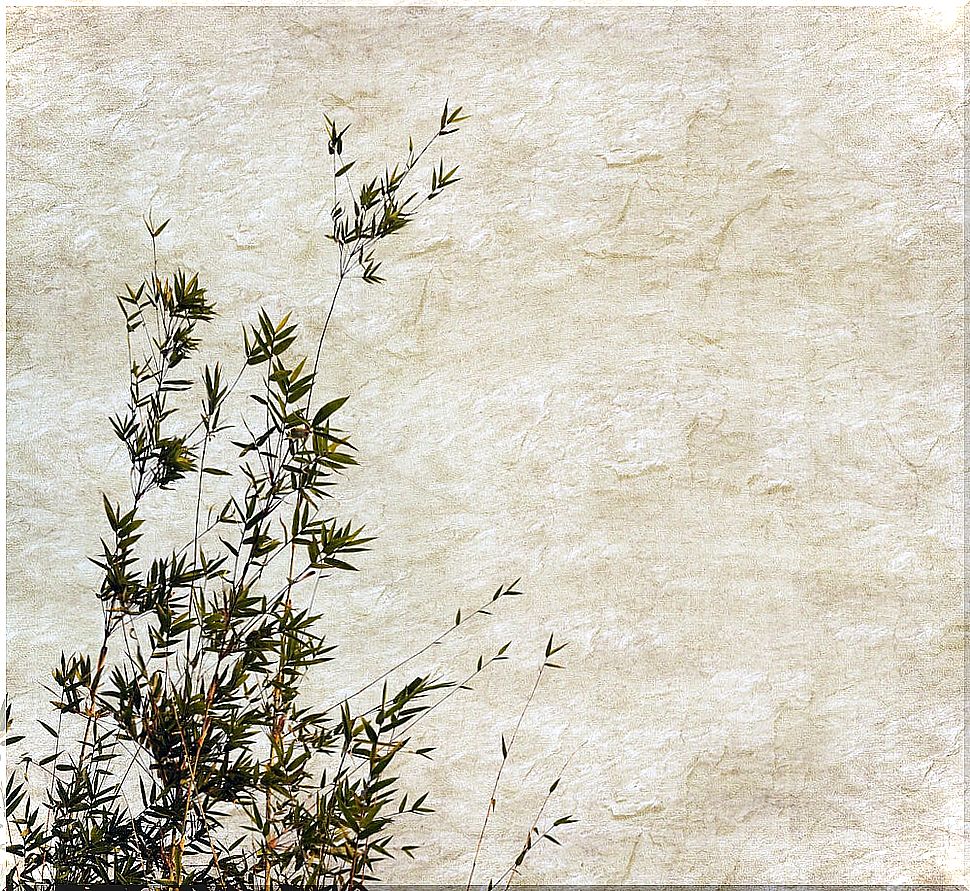
To understand in a simple way the bases of Korean traditional painting, you must know its three basic rules. The first one is that the works do not accept corrections. This means that each stroke must be composed of a single line that does not break until the element is finished within the box.
The second rule is that traditional Korean painting has large blanks. The idea is to transmit serenity to the observer and that he, using his imagination, completes the picture by himself. Ultimately, it is about creating the sensation of travel to the viewer, hence it is used for contemplation and meditation.
Finally, each painting has a paper preparation process called Beyub . This art, which is only capable of professional artists, consists of gluing traditional Korean paper, which is very delicate, on another special paper that is thicker to offer consistency. By the way, all possible wrinkles, folds and undulations are eliminated.
We would like to highlight, within the traditional Korean painting, the so-called Sagunya . These are characterized by always representing four types of plants: bamboo, plum blossom, orchid and chrysanthemum. Each of these elements gives a quality to the work, such as loyalty and determination.
